Tru-Go in the Collection
A search of the Society’s collection for Trugo (sport – trugo) today, 20 January, 2023, produces a list of eleven items. This story looks at three of those items to see what they say about the sport, in general, and Trugo in Port Melbourne in particular.
This is not intended to be an in-depth story about Trugo other than to say it was invented by workers in the Newport railway workshops in the early part of the 20th century and uses equipment and court dimensions that were readily to hand. It was, and still is, played exclusively in Melbourne’s inner suburbs with Port hosting two local clubs – Port Melbourne Trugo Club in Edwards Park and Sandridge Trugo Club in Garden City Reserve.
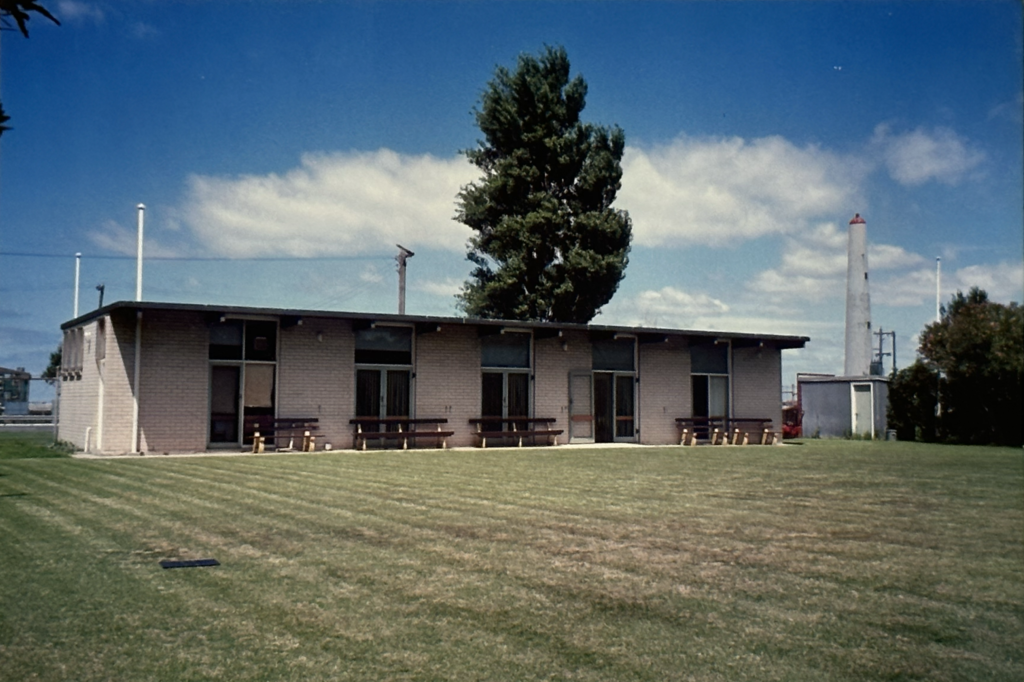
This photograph from the Society’s Ron Laing Collection shows the Sandridge Community Centre and Trugo Club in around 1999. It is not clear if this was taken during Trugo season or not but we can see that even if this is the off-season, it seems Trugo does not require a finely manicured surface like lawn bowls.
The following photograph shows that the uniform, at least in the 1960s, was similar to that worn for lawn bowls and that the sport was certainly open to women.
The women second from the right in the back row is Annie Smallpage, past PMHPS member Ann Smallpage’s mother. Isa McDonald is the woman standing on Annie’s right and Mrs Oldman is sitting at the left end of the front row. If you know the names of any of the other ladies in the photograph, please let us know.
The photograph also shows an important piece of Trugo equipment – a large wooden mallet!
The third item from the collection is a Trugo scorecard, also from Sandridge Trugo Club and also from the 1960s.
From this item we can tell that this game was a doubles (pairs) match consisting of six ends on court 2. It seems the players took a while to warm up with each player only scoring 2 from their first 4 attempts but after that there are several scores of 3 or 4 on the subsequent ends. A Bell and B Powley won 35 to 29 with J Britton signing the card, presumably as the player who kept score.
A quick look at the Trugo entry in wikipedia reveals that a Trugo court is 27m long and 1.75m wide and the aim of the game is to to score goals though two posts by striking a large rubber ring with the wooden mallet either backwards through your legs or using a sideswipe action. That does sound like fun!
The reverse side of the scorecard shows the sport was well supported by local business at the time. Each of these businesses operated through the 1950s and 1960s, into the 1970s and beyond so they’ll be very familiar to many people.
You can find more information on Trugo via the Victorian Trugo Association website.

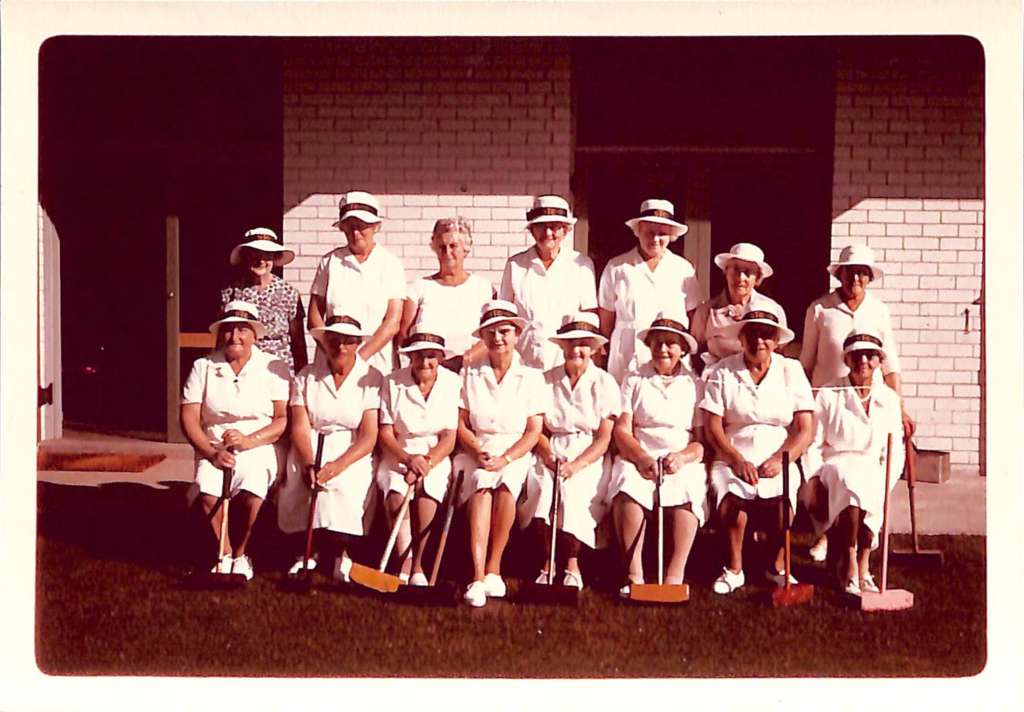
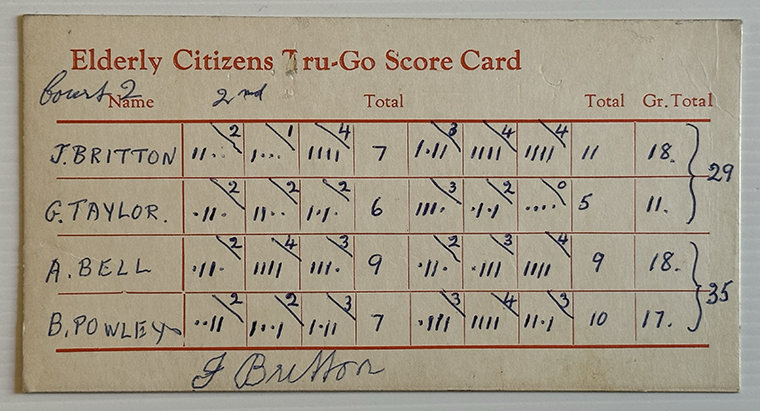
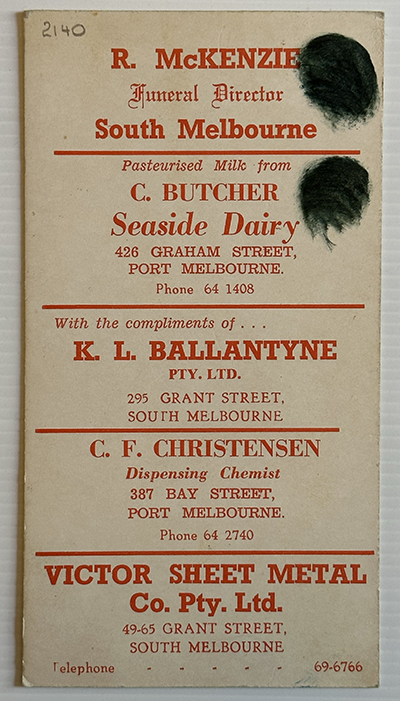
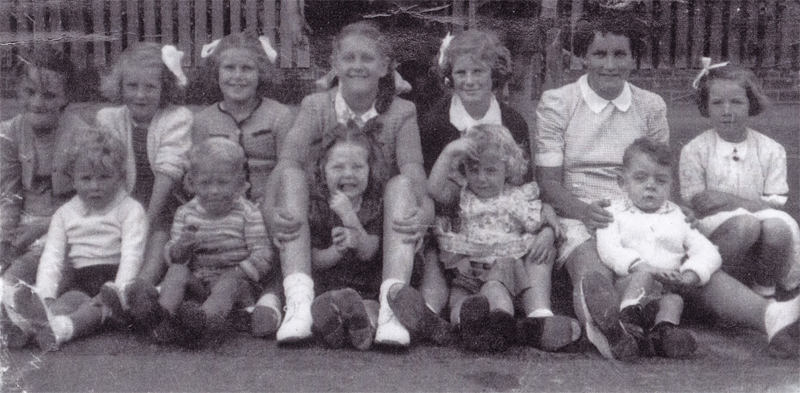
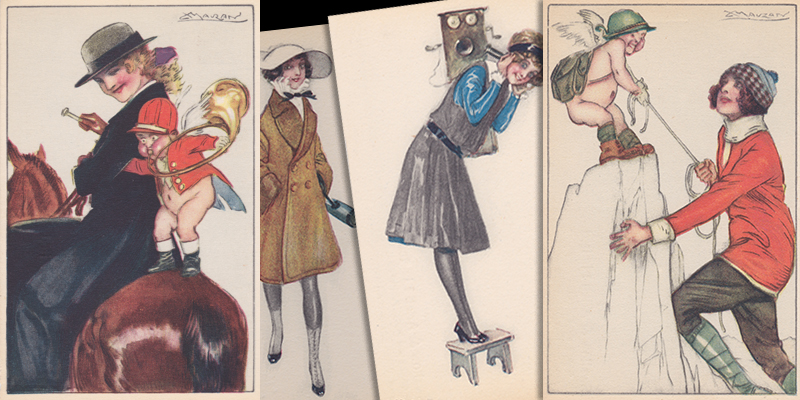
2 Comments
wendy hope
Greetings I heard about Trugo on the ABC radio this morning. As many of my ancestors worked for the Railway in the 1920s 1930s and 1940s in many areas including Footscray Brunswick Woodend and Newmarket I was wondering if you have any photographs or records Surnames I am looking for are Jones and Greelish among others.
Thanks Wendy Hope ( nee Jones )
David Thompson
Hello Wendy,
Unfortunately we have very few names related to trugo in Port Melbourne. However, both the Port Melbourne Trugo Club and the Sandrdige Trugo Club are still going so perhaps they have detailed records.